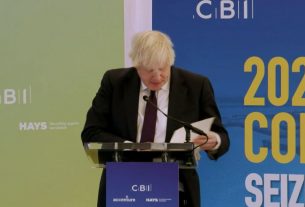Junior doctors in England have agreed to the government’s offer of a 22% pay rise, ending an 18-month-long dispute. The deal, supported by 66% of British Medical Association members in an online vote, was backed by nearly 46,000 participants. The pay increase will be spread over two years and marks the conclusion of a series of 11 strikes held by junior doctors.
Under the new terms, the starting salary for junior doctors will rise from £29,384 in 2022-23 to £36,616, while those at the top end of the scale will earn over £70,000 annually. On top of their base pay, junior doctors typically earn an additional 25-30% for overtime and unsocial hours.
Health Secretary Wes Streeting, who proposed the deal in late July after Labour’s election victory, expressed his satisfaction, saying the agreement ends what he called “the most damaging dispute in the NHS’s history.”
The agreement includes a 4% backdated pay increase for 2023-24, alongside the 9% raise already given for the previous year. Another 8% rise is set for 2024-25, as recommended by an independent review.
This brings the total average pay increase to 22%, with the lowest-paid doctors seeing the largest boosts. The industrial action taken by junior doctors is estimated to have cost taxpayers £1.7 billion over the past two years.
Danny Mortimer, chief executive of NHS Employers, welcomed the resolution, saying NHS leaders are relieved to avoid further strikes, especially with a challenging winter ahead.
Junior doctors in Wales have recently accepted a similar pay offer, while discussions continue in Northern Ireland, where no strikes are currently planned. In Scotland, junior doctors avoided industrial action after accepting a pay deal last year.
In addition to the pay settlement, the term “junior doctor” will be replaced by “resident doctor” starting Wednesday, a change agreed upon during the negotiations. The BMA had long criticized the term, arguing it did not accurately reflect the expertise and experience of many doctors with years of service.




